Other
Big Brain Academy: Brain vs Brain – Party Games with Extra Brains

With nearly 20 million copies sold, Dr. Kawashima’s Brain Training: How Old Is Your Brain was an unprecedented and unexpected success for Nintendo when it hit the Nintendo DS 15 years ago. The huge success led to both sequels and the more light-hearted sibling series Big Brain Academy. A series that has now – after a remarkably long time – found its way to Nintendo Switch.
Train your brain!
As we take on Nintendo’s brain training again, there’s no earth-shattering news in store. Instead, we’re treated to the usual; addictive, minute-long, super-simple mini-games that require an alert brain to complete. The mini-games only take a second to understand but are incredibly difficult to master. It’s probably easier to succeed playing casino games in the many fast withdrawal casinos found here: https://casinotop3.com/fast-payout-casinos/.
Trying to accumulate as many points as possible by thinking correctly and quickly is both harder and more fun than it looks. For example, we have to place the correct rails for a train, set the clock, match shapes, count cubes, count maths, memorize ugly animals, choose what doesn’t fit and more. In total, there are 20 different mini-games divided into five categories. Thanks to multiple levels of difficulty, each mini-game can be adapted to anything from three-year-olds to something that would give the memorization champions nightmares.
Completing the different mini-games and seeing the results climb steadily upwards is a doubly rewarding feeling. Partly because they’re fun, and partly because our improvements feel like something we can use in the real world. Whether our brains really do get better, or whether the improvements mostly stay in that particular mini-game, we’ll leave unsaid.
Adult at the children’s table
Unfortunately, we have to say, the setting in Big Brain Academy: Brain VS Brain is colourful and often childlike like the previous Brain Academy games. Because game-wise, nothing here is specifically aimed at children – it’s suitable for all ages. It would have been great to have the option of a more sober design for those who want it, something more like the first Brain Training game for the Nintendo DS.
Now, the look is a quibble that doesn’t exactly make the puzzling any worse; it’s mostly an unnecessary distraction.
The more, the merrier
Something else that’s distracting, but in a more fun way, is other players in multiplayer mode. The mini-games are the same as playing alone, but having up to three human opponents next to you gets the adrenaline pumping. When we see an opponent doing well out of the corner of our eye, it suddenly becomes very difficult to count to eight or see the phasing of the house.
The most convenient and fun way to play together, at least for two people, is to have the Switch lying on a table (or legs) between the two players and use the screen as a control. This way, you can play it almost anywhere, and it’s as easy as it is entertaining. However, one concern that arises is that the Switch can’t sense two taps simultaneously, leading to incorrect registrations and lost points. Annoying but still smoother and more accurate than using a controller.
One clever feature is setting individual difficulty levels for everyone playing together. This way, young, old, smart and bleach-drinking people can all compete at an appropriate level together. Big Brain Academy is simply built for the whole family to join in the fun.
Other
HuraWatch and the Top 15 Alternatives: Enjoy Free Streaming Without Registration

In a world where streaming services like Netflix, Hulu, and Disney+ dominate, free alternatives like HuraWatch have garnered significant attention. Offering an extensive library of movies and TV shows without the need for registration, HuraWatch has become a go-to platform for users seeking hassle-free entertainment. However, with legal and safety concerns surrounding free streaming platforms, it’s important to understand both the risks and benefits. This article delves into HuraWatch and explores the top 15 alternatives for free streaming without registration.
What is HuraWatch?

HuraWatch is a popular streaming platform offering thousands of movies and TV shows for free. With an easy-to-navigate interface and HD-quality streams, it provides a seamless viewing experience. Users can enjoy a wide variety of genres, including action, drama, comedy, and more, without needing to sign up or create an account. The platform has become particularly popular for its quick access to new releases and high-quality content.
Features of HuraWatch
HuraWatch stands out for several reasons:
- No Registration Required: One of its biggest selling points is the ability to stream without creating an account, making it a convenient choice for users.
- Extensive Library: HuraWatch offers a vast collection of movies and TV shows across different genres and languages, ensuring there’s something for everyone.
- HD Streaming: The platform supports high-definition streaming, providing a great viewing experience even for users with slower internet connections.
- Ad Experience: While HuraWatch is free, users might encounter ads. However, the platform balances content and ads, ensuring that they aren’t overly intrusive.
- Mobile Compatibility: The website is optimized for mobile devices, making it easy to stream on smartphones and tablets.
Legal and Safety Concerns
Like many free streaming platforms, HuraWatch operates in a gray legal area. While the site provides easy access to copyrighted material, users must be cautious as accessing or distributing such content can lead to legal consequences in some countries. Additionally, these platforms can sometimes harbor malware or viruses, making it essential to use a reliable VPN and antivirus software while streaming.
Top 15 HuraWatch Alternatives for Free Streaming
If you’re looking for similar sites to HuraWatch, here are 15 top alternatives, all offering free streaming without registration:
1. 123Movies
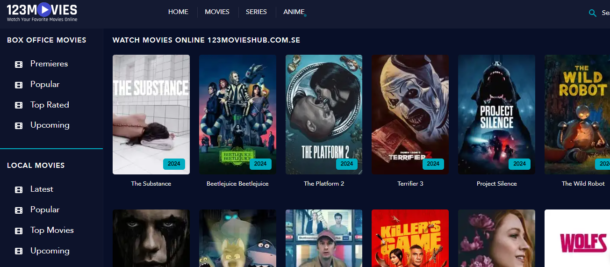
123Movies is a widely recognized free streaming site offering an extensive library of movies, TV shows, and documentaries. Its user-friendly interface allows quick access to various genres and new releases. Known for high-speed streaming, 123Movies is regularly updated with the latest content, including trending shows. One major feature is its vast database of international content, providing users with options in multiple languages. However, users should be cautious of frequent pop-up ads, and it’s recommended to use an ad blocker for a better experience.
2. Putlocker
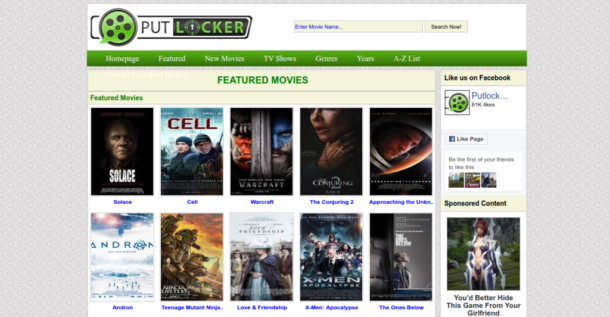
Putlocker has built a strong reputation over the years as one of the most reliable platforms for free streaming. It boasts a large catalog of classic and newly released movies, as well as full seasons of popular TV shows. The site is praised for its smooth navigation, minimal loading time, and HD streaming options. Putlocker provides content in various resolutions, making it suitable for users with varying internet speeds. Be aware that the site has undergone numerous domain changes, and it’s essential to find the most up-to-date and secure version.
3. SolarMovie
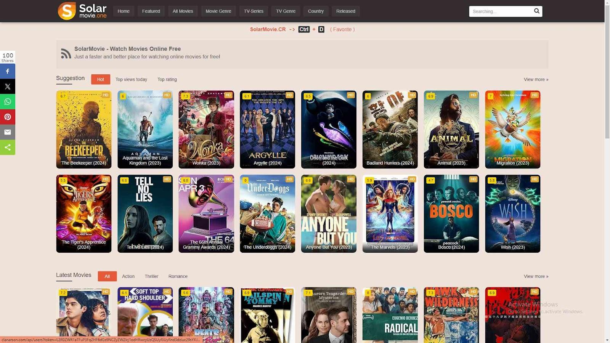
SolarMovie stands out for its sleek design and high-quality streaming experience. It offers movies and TV shows in full HD, with an easy-to-use search function that categorizes content by genre, country, or year of release. SolarMovie’s platform is especially favored for its quick loading times and minimal buffering, even during peak hours. The site also includes user reviews and ratings, making it easier to choose what to watch. Like other free streaming sites, pop-up ads can occasionally interfere, so a VPN and ad blocker are recommended.
4. FMovies

FMovies is known for offering free movies and TV shows without requiring registration, making it a top alternative to HuraWatch. It provides HD streaming and offers multiple mirrors for each title, ensuring fewer disruptions due to broken links. FMovies excels in the speed of its content updates, often adding new releases soon after their official debut. The site’s minimalistic interface also contributes to a streamlined user experience, but users should be prepared for a fair number of ads.
Top 7 Video Game Based Movies You Must Watch on Hulu in NZ
5. PopcornFlix
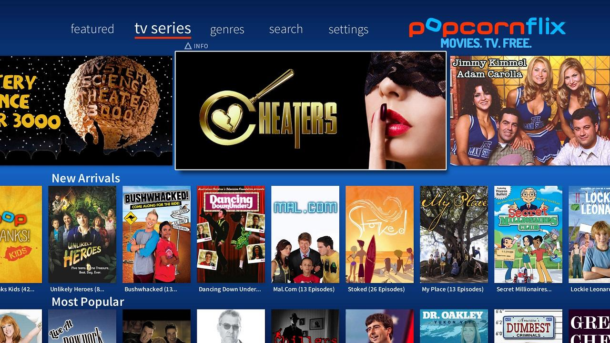
PopcornFlix offers a wide range of free, legally available movies and TV shows. Supported by ads, this platform stands out for its selection of indie films, documentaries, and classic movies. While the content might not include the latest blockbusters, PopcornFlix provides a smooth viewing experience without registration requirements. The platform is available on multiple devices, including mobile apps, making it accessible for on-the-go streaming. With limited interruptions and a clean interface, it’s a strong legal alternative to HuraWatch.
6. Tubi TV
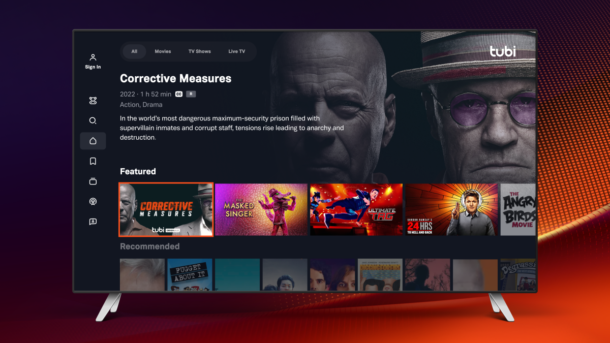
Tubi TV is a fully legal, ad-supported streaming service that offers an extensive range of movies and TV shows. It has partnerships with major production studios like MGM, Paramount, and Lionsgate, ensuring a vast and diverse content library. Tubi is accessible on a wide variety of devices, including smart TVs, mobile apps, and gaming consoles. Although it’s ad-supported, the ads are relatively non-intrusive, and the quality of streaming remains high. Tubi offers genre-specific collections and personalized recommendations, making it an excellent alternative for those seeking legitimate free streaming.
7. YesMovies

YesMovies offers a massive catalog of free movies and TV shows in multiple genres, including action, drama, sci-fi, and horror. The site provides a clean, intuitive interface with quick navigation and search tools that make it easy to find new releases and trending content. One of its highlights is its database of international films, allowing users to explore movies from different countries and in various languages. The streaming quality is excellent, with minimal buffering, although users should be cautious of pop-up ads.
8. Crackle

Crackle is a legal, ad-supported platform owned by Sony, offering a wide selection of movies, TV shows, and original programming. Known for its high-quality streaming and reliability, Crackle hosts a variety of genres, including popular movies, cult classics, and original content. The platform is regularly updated and provides curated playlists for users. Ads are present but not overwhelming, making for a smooth viewing experience. Crackle is available across multiple devices, ensuring accessibility for users seeking a legal alternative to sites like HuraWatch.
5 Godzilla Movies to Adapt into Video Games
9. Vumoo

Vumoo offers a no-frills streaming experience with a broad selection of movies and TV shows. It’s known for its clean, ad-free interface, which stands out among free streaming platforms. While the site doesn’t categorize movies or shows by genre, its extensive content library more than makes up for this. Vumoo streams content in HD and SD resolutions, depending on your internet connection, and is a favorite for users looking for straightforward access to free streaming.
10. Yify TV
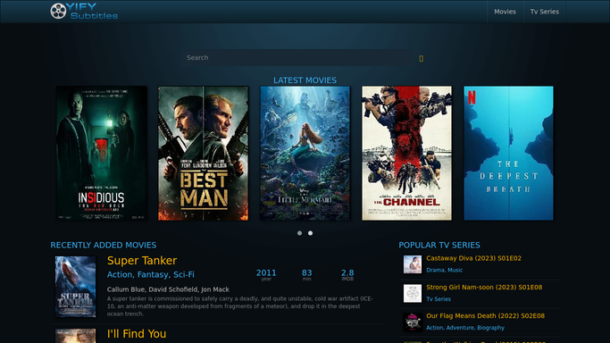
Yify TV, also known as YMovies, is a great choice for movie enthusiasts looking for high-definition streaming. It provides a vast selection of HD and 4K movies, often available soon after their theatrical release. The platform is known for its clean layout and efficient search functionality. Users can browse through well-organized categories like release year, genre, and most popular, making it easy to discover new content. While it’s focused primarily on movies, TV show lovers may find fewer options here.
11. WatchSeries

WatchSeries is primarily known for TV shows, making it a fantastic option for those who prefer binge-watching entire seasons. The platform features an extensive library, ranging from classic series to the latest releases. WatchSeries also offers multiple mirrors for each episode, ensuring that broken links are rarely an issue. Its interface is designed for easy navigation, allowing users to search for specific shows or browse by genre. Although ads are present, they don’t interfere much with the overall viewing experience.
12. Movie4K

Movie4K offers a massive catalog of free movies and TV shows in a variety of languages, making it a solid alternative for international audiences. The site is known for its fast streaming speeds and offers content in various resolutions, from SD to HD and even 4K. Movie4K’s simple interface is easy to use, with categories that help users find both old classics and the latest releases. However, users should be aware of occasional pop-ups and redirects, so it’s advisable to use an ad blocker.
13. AZMovies
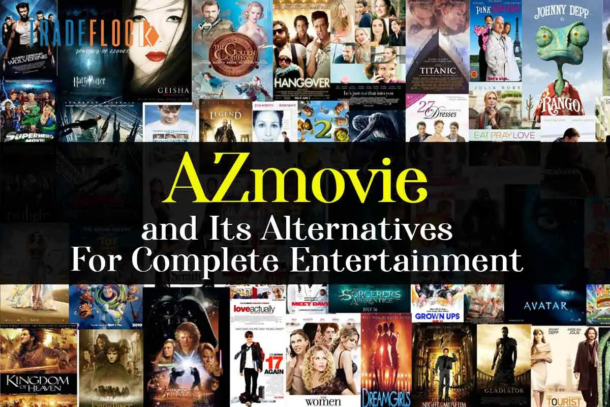
AZMovies is praised for its vast collection of HD and 4K movies. It regularly updates its catalog with new releases, making it a favorite among those looking for the latest films. The site provides multiple servers for each movie, ensuring fewer disruptions in case one server goes down. AZMovies’ interface is clean and straightforward, with minimal ads, making it easy for users to navigate. Its focus on high-quality streams sets it apart from many other free streaming platforms.
14. StreamM4u
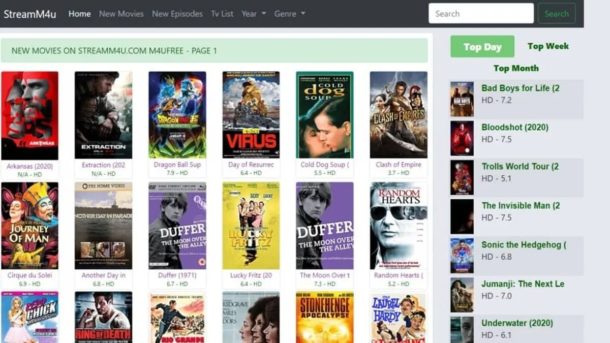
StreamM4u is another excellent alternative for free streaming, offering a diverse library of movies and TV shows. The platform is particularly known for its smooth playback and high streaming quality. It regularly updates its library, adding new releases across various genres. The interface is simple to use, with an efficient search function that helps users quickly find their favorite content. However, like most free streaming sites, ads and pop-ups are frequent, so using an ad blocker is recommended.
15. Cineb
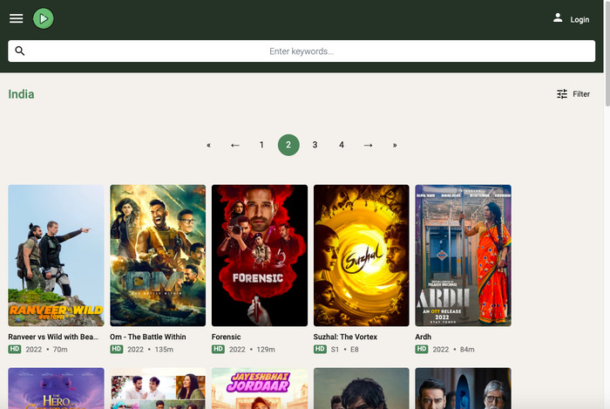
Cineb is a newer free streaming site but has quickly become popular for its reliable streaming and clean interface. It offers a vast selection of movies and TV shows, including the latest releases, available in HD quality. The platform’s design is simple and easy to navigate, with categories based on genres, top-rated, and trending content. While ads are present, they’re less intrusive compared to other free sites. Cineb’s growing popularity comes from its fast streaming and regularly updated content.
How to Safely Stream Content
While free streaming platforms offer convenience, users should be aware of the risks involved. Here are some tips for streaming safely:
- Use Antivirus Software: Always ensure your device is protected by an up-to-date antivirus program.
- Ad Blocker: Install an ad blocker to avoid potentially harmful pop-ups and ads.
- VPN: A Virtual Private Network (VPN) will protect your identity and location, ensuring anonymity while you stream.
Why Consider Paid Streaming Options?
While free streaming platforms are convenient, they come with risks. Paid platforms like Netflix, Amazon Prime, and Disney+ provide a legal and safe alternative, with benefits such as:
- High-quality streaming: No buffering, HD, and 4K options.
- Exclusive content: Access to original movies and TV shows not available elsewhere.
- No ads: Enjoy uninterrupted viewing experiences.
- Better security: No risk of malware or viruses.
Conclusion
While HuraWatch and its alternatives offer an enticing way to enjoy free streaming without registration, users must remain cautious. By following safe streaming practices and considering the legal ramifications, you can enjoy a wide array of content at no cost. For those seeking a more secure and higher-quality experience, subscription services remain the best option. Whether you choose to stick with free platforms or explore paid alternatives, you’ll have plenty of options for endless entertainment.
Other
Understanding ErrorDomain=NSCocoaErrorDomain: Could Not Find the Specified Shortcut & ErrorCode=4

Encountering errors while using technology can be frustrating, especially when they disrupt your workflow. One such error that users of Apple’s iOS and macOS might come across is “ErrorDomain=NSCocoaErrorDomain, ErrorMessage=Could Not Find the Specified Shortcut, ErrorCode=4.” Understanding this error is crucial for both users and developers as it can arise during various interactions with the operating system, particularly related to shortcuts. This article delves into what this error means, its causes, and how to troubleshoot it effectively.
What Is ErrorDomain=NSCocoaErrorDomain, ErrorMessage=Could Not Find the Specified Shortcut, ErrorCode=4 Error?
NSCocoaErrorDomain is a part of Apple’s Cocoa framework, which provides a variety of programming interfaces for macOS and iOS applications. It encompasses a wide range of error codes that can help developers identify issues when their apps interact with the system.
The specific error message “Could Not Find the Specified Shortcut” indicates that the system cannot locate a shortcut that an application or feature is attempting to use. This situation commonly occurs in scenarios involving Siri Shortcuts, custom automation scripts, or app integrations that rely on predefined shortcuts.
The ErrorCode 4 signifies that a specified item could not be found, indicating an issue in locating a requested shortcut. Understanding this error code helps in diagnosing and resolving issues related to shortcuts more effectively.
Top 5 Causes of ErrorDomain=NSCocoaErrorDomain, ErrorMessage=Could Not Find the Specified Shortcut, ErrorCode=4
Several factors can lead to the “Could Not Find the Specified Shortcut” error:
- Missing or Deleted Shortcuts: The shortcut may have been deleted or was never created in the first place.
- Corrupted Shortcut Data: Sometimes, the data associated with a shortcut may become corrupted, preventing the system from accessing it properly.
- Outdated Software or OS Version: Running an outdated version of iOS or macOS may lead to compatibility issues, resulting in errors when trying to use shortcuts.
- Conflicts with Third-Party Apps: Certain third-party applications may interfere with the normal functioning of shortcuts, causing them to fail.
- User Permissions Issues: If the user does not have the necessary permissions to access the shortcut, this error may arise.
Common Scenarios of Error
Users may encounter this error in various scenarios, including:
- Attempting to run a Siri Shortcut that no longer exists.
- Using automation scripts that reference a deleted or corrupted shortcut.
- Trying to access a feature within an app that utilizes shortcuts for functionality.
Errors Like ErrorDomain=NSCocoaErrorDomain, ErrorMessage=Could Not Find the Specified Shortcut, ErrorCode=4
Other errors within the NSCocoaErrorDomain may occur due to similar underlying issues. These might include:
- File not found errors related to missing files or corrupted data.
- Errors indicating that resources cannot be accessed due to user permissions.
How to Fix ErrorDomain=NSCocoaErrorDomain, ErrorMessage=Could Not Find the Specified Shortcut, ErrorCode=4 Error?

If you encounter this error, follow these troubleshooting solutions:
Solution 1: Perform a System Restore
Restoring your system to an earlier point may resolve any underlying issues that are causing the error. You can do this through the system settings:
- Go to System Preferences > Time Machine.
- Select a backup from a date when the shortcuts were functioning properly and restore it.
Solution 2: Reinstall the Application
If the error is tied to a specific application, try reinstalling it:
- Delete the application from your device.
- Go to the App Store and reinstall the latest version.
Solution 3: Restore Deleted Files
If you suspect that a shortcut was accidentally deleted:
- Check your Recently Deleted folder within the Shortcuts app or any backup location you may have.
- Restore the missing shortcut if it’s available.
Solution 4: Fix Broken Registry Keys
While macOS doesn’t use a registry like Windows, ensuring your system files are intact is crucial. Use built-in disk repair tools:
- Go to Disk Utility and select your main drive.
- Run First Aid to check and repair any issues.
Solution 5: Update Your Operating System and Applications
Make sure you are running the latest version of your operating system and applications:
- Go to System Preferences > Software Update and check for updates.
Solution 6: Use Reliable Antivirus Programs
Sometimes, malware or viruses can interfere with application performance:
- Install a reputable antivirus program and perform a full system scan to ensure your device is clean.
Can You Fix ErrorDomain=NSCocoaErrorDomain, ErrorMessage=Could Not Find the Specified Shortcut, ErrorCode=4 Error On Your Own?
Yes, most users can troubleshoot and fix this error independently by following the steps outlined above. However, if the issue persists after attempting these solutions, seeking help from Apple Support or professional technicians may be necessary.
How to Prevent ErrorDomain=NSCocoaErrorDomain, ErrorMessage=Could Not Find the Specified Shortcut, ErrorCode=4 Error?
To minimize the chances of encountering the error again, consider these preventative measures:
- Regular Backup of Shortcuts: Regularly back up your shortcuts and device settings to avoid losing important configurations.
- Best Practices for Managing Shortcuts: Keep your shortcuts organized and periodically review them to ensure they are up-to-date.
- Importance of System Updates: Regularly update your operating system and apps to maintain compatibility and receive the latest features and fixes.
Conclusion
Understanding and troubleshooting the “ErrorDomain=NSCocoaErrorDomain, ErrorMessage=Could Not Find the Specified Shortcut, ErrorCode=4” can significantly enhance your user experience on iOS and macOS. By knowing the causes and following the recommended troubleshooting steps, both users and developers can effectively resolve this issue. For persistent problems, seeking help from Apple Support or community forums can provide additional assistance. With proactive measures and a better understanding of this error, users can enjoy a smoother interaction with their devices.
Other
Top 10 Football Leagues in the World: Ultimate 2024 Ranking

Football is a global phenomenon. The sport brings together millions of fans across the world. But not all football leagues are created equal. Some stand out due to their quality, star players, and global reach. Here’s a look at the top 10 football leagues in the world in 2024.
Top 10 Football Leagues in the World
Football is famous worldwide, but some leagues are more popular than others due to their skill, popularity, and global impact. The top ten football leagues in the world as of 2024 are shown below.
1. English Premier League (England)
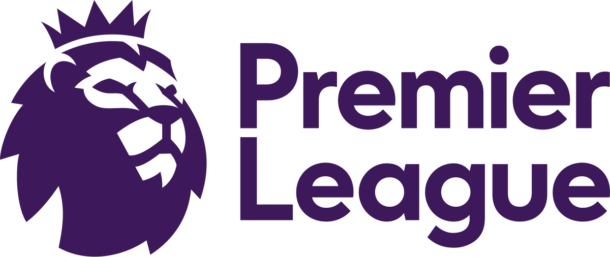
The English Premier League is the world’s most famous football league. Known for its fast-paced games and passionate fans, it attracts top talent from around the globe. Clubs like Manchester United, Liverpool, and Manchester City dominate domestically and in Europe. The EPL’s global TV rights bring in billions, making it the richest league.
2. La Liga (Spain)

Spain’s La Liga is synonymous with skill and flair. Home to football giants like Real Madrid and Barcelona, it boasts some of the best players in history, including Lionel Messi and Cristiano Ronaldo. The rivalry between Real Madrid and Barcelona, known as El Clásico, is one of the most-watched football matches worldwide.
3. Serie A (Italy)
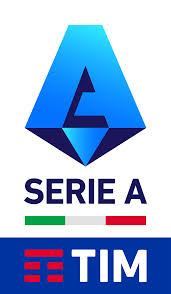
Serie A is the top football league in Italy. It’s known for its tactical and defensive style of play. Clubs like Juventus, AC Milan, and Inter Milan have a rich history in European competitions. Juventus has recently dominated the league, but the competition remains fierce.
Also Read: Is Overwatch Cross Platform? PS4, Xbox, PC Cross-Play Guide
4. Bundesliga (Germany)

Germany’s Bundesliga is famed for its high attendance and fan culture. Bayern Munich is the dominant force, having won numerous league titles. The Bundesliga also prides itself on developing young talent and maintaining financial stability. The league’s matches are exciting, with plenty of goals.
5. Ligue 1 (France)
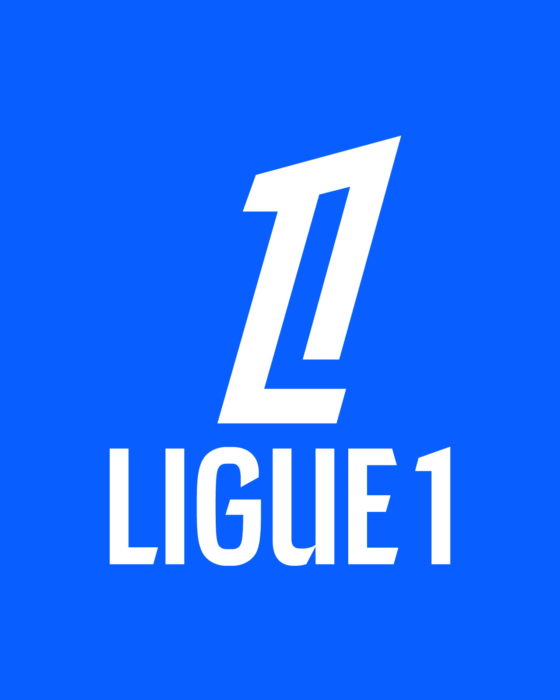
Ligue 1 has gained more recognition recently, thanks to Paris Saint-Germain (PSG). PSG’s acquisition of superstars like Neymar, Mbappé, and Messi has put the league in the spotlight. Though PSG has dominated domestically, other clubs like Lyon and Marseille have rich histories.
6. Campeonato Brasileiro Série A (Brazil)
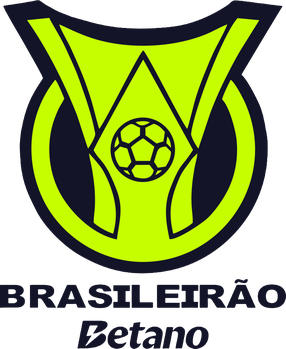
Brazil’s top football league, the Campeonato Brasileiro Série A, is the heart of South American football. It’s a league where future stars are born. Clubs like Flamengo, Palmeiras, and São Paulo are always in the mix for the title. The league is known for its passionate fans and attacking football.
Also Read: Top 200 Gamer Team Names For Every Type Of Player
7. Argentine Primera División (Argentina)
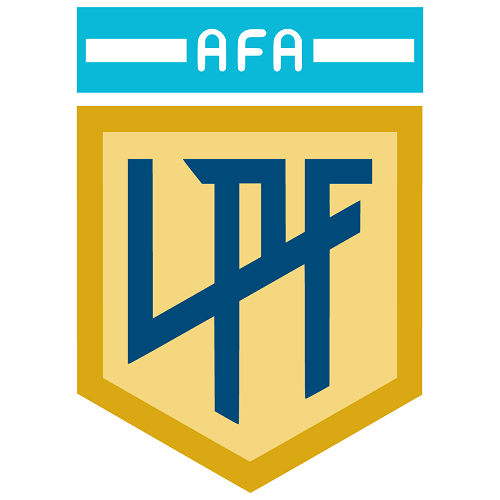
Argentina’s Primera División is one of the most competitive leagues in South America. Boca Juniors and River Plate are the most famous clubs, with their Superclásico being one of the fiercest rivalries in the sport. The league is a breeding ground for young talent, with many players moving to Europe’s top leagues.
8. Primeira Liga (Portugal)

The Primeira Liga might not be as popular as the other leagues on this list, but it’s highly competitive. Portugal has produced some of the world’s best players, like Cristiano Ronaldo. Clubs like FC Porto, Benfica, and Sporting CP regularly compete in European competitions, often punching above their weight.
9. Major League Soccer (MLS) (USA & Canada)
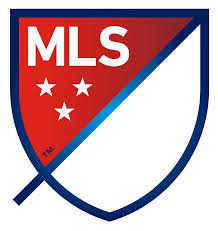
Major League Soccer has grown significantly in recent years. What was once seen as a retirement league for aging stars is now a competitive league with rising talent. The arrival of players like Lionel Messi has elevated the league’s profile. With clubs expanding and new stadiums being built, MLS is growing.
Also Read: 300+ Best Female Gamer Names To Use In 2024
10. Eredivisie (Netherlands)

The Eredivisie is known for its focus on developing young talent. Ajax, PSV Eindhoven, and Feyenoord are the top clubs, with Ajax being the most successful. The Dutch league is often a stepping stone for players looking to move to more significant European leagues. The quality of football is high, with an emphasis on technical skills.
Conclusion
These top 10 football leagues in the world represent the pinnacle of the sport in 2024. They are home to the best players, most passionate fans, and fiercest rivalries. Each league has its unique style and culture, making football a genuinely global sport. Whether you’re watching the tactical battles of Serie A or the fast-paced action of the EPL, there’s something for every football fan to enjoy.
-

 Guides5 years ago
Guides5 years ago6 Proven Ways to Get more Instagram Likes on your Business Account
-

 Mainstream10 years ago
Mainstream10 years agoBioWare: Mass Effect 4 to Benefit From Dropping Last-Gen, Will Not Share Template With Dragon Age: Inquisition
-

 Casual11 months ago
Casual11 months ago8 Ways to Fix Over-Extrusion and Under-Extrusion in 3D Printing
-

 Mainstream12 years ago
Mainstream12 years agoGuild Wars 2: The eSports Dream and the sPvP Tragedy
-
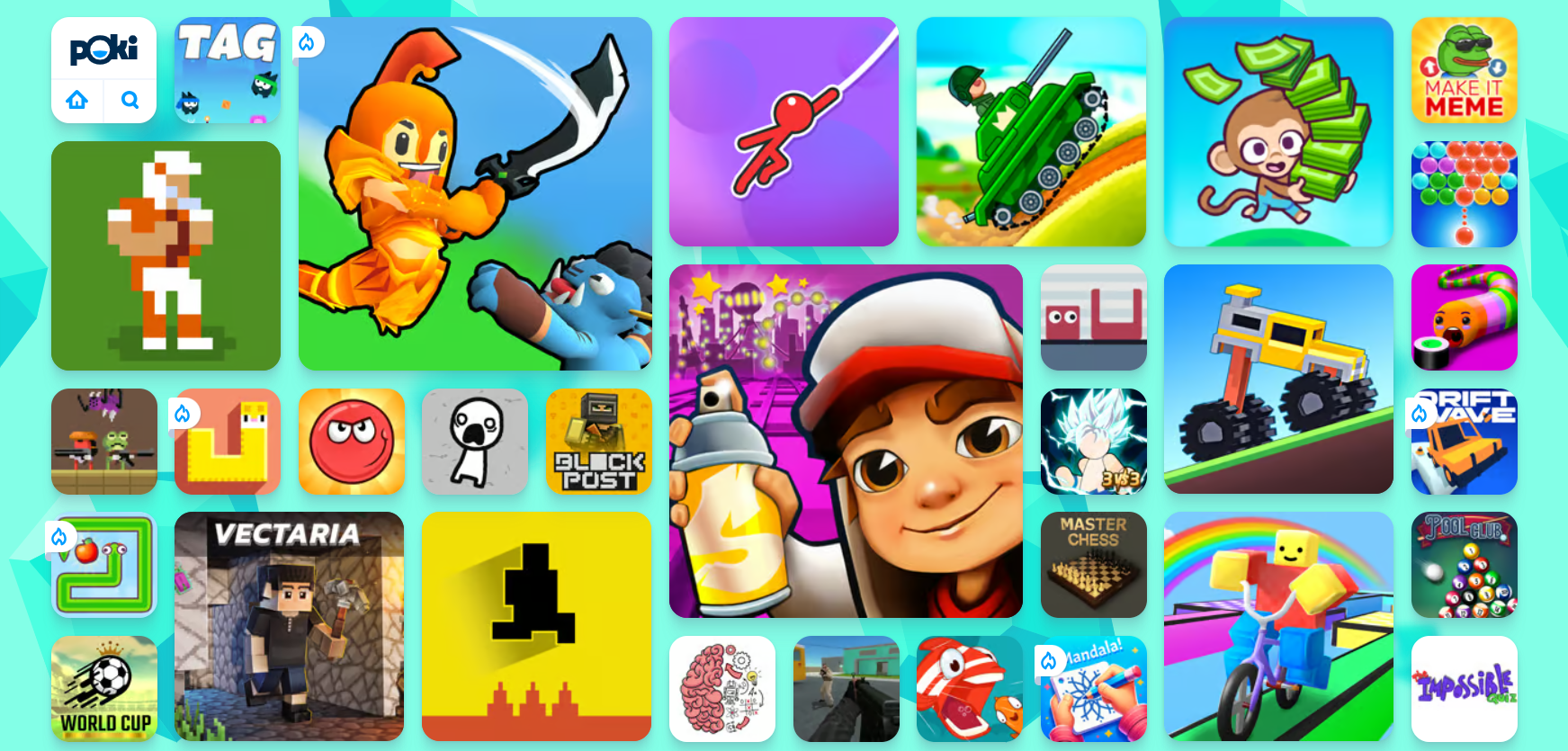
 Guides8 months ago
Guides8 months agoExplore 15 Most Popular Poki Games
-

 Mainstream6 years ago
Mainstream6 years agoHow to Buy Property & Safe Houses in GTA 5 (Grand Theft Auto 5)
-

 Uncategorized4 years ago
Uncategorized4 years agoTips To Compose a Technical Essay
-

 iOS Games1 year ago
iOS Games1 year agoThe Benefits of Mobile Apps for Gaming: How They Enhance the Gaming Experience
